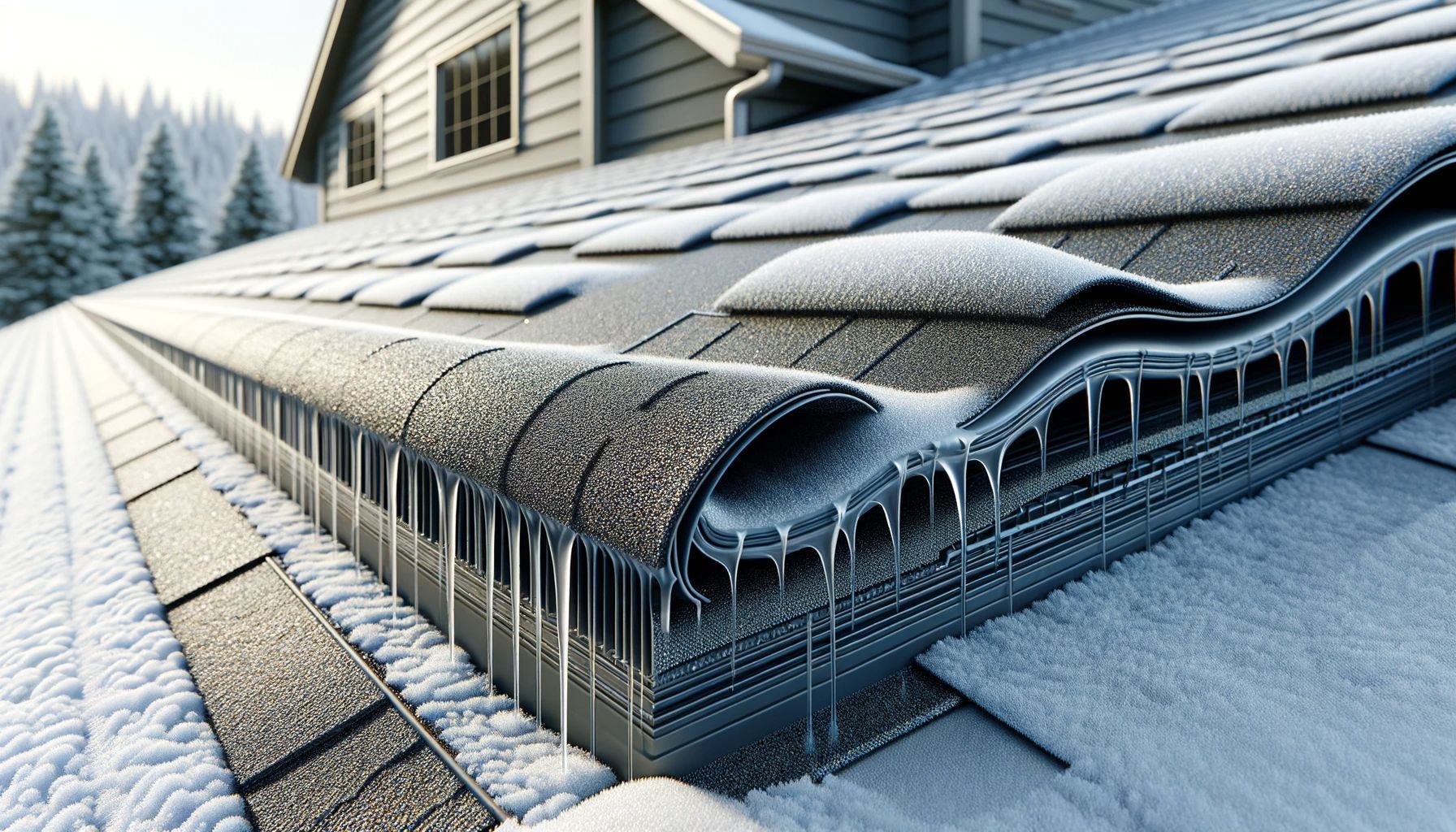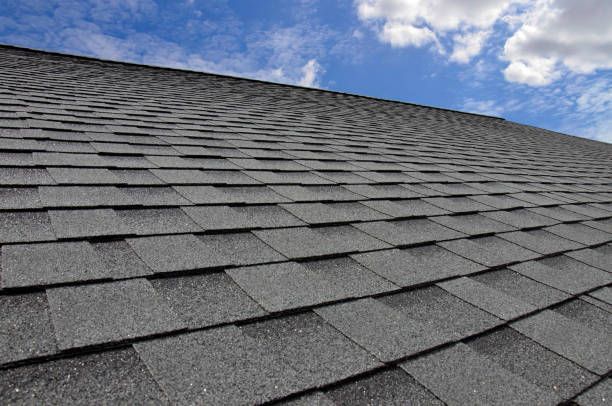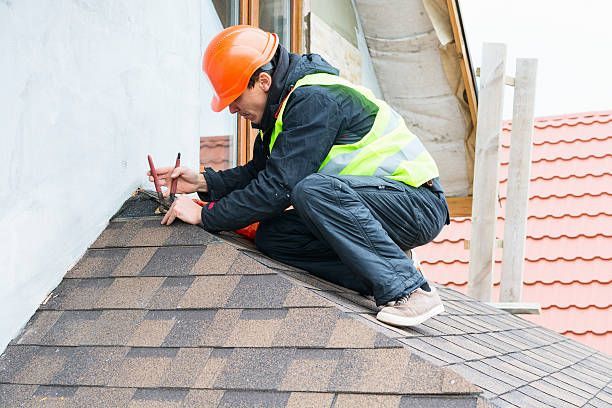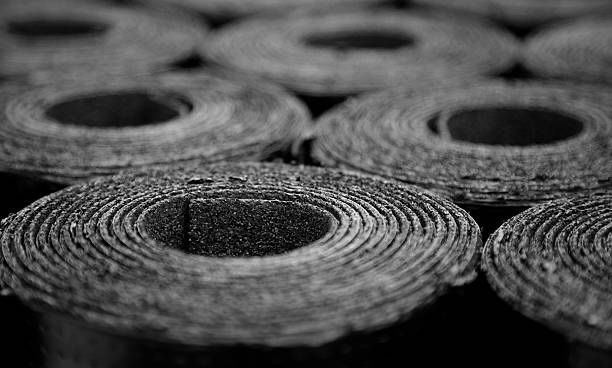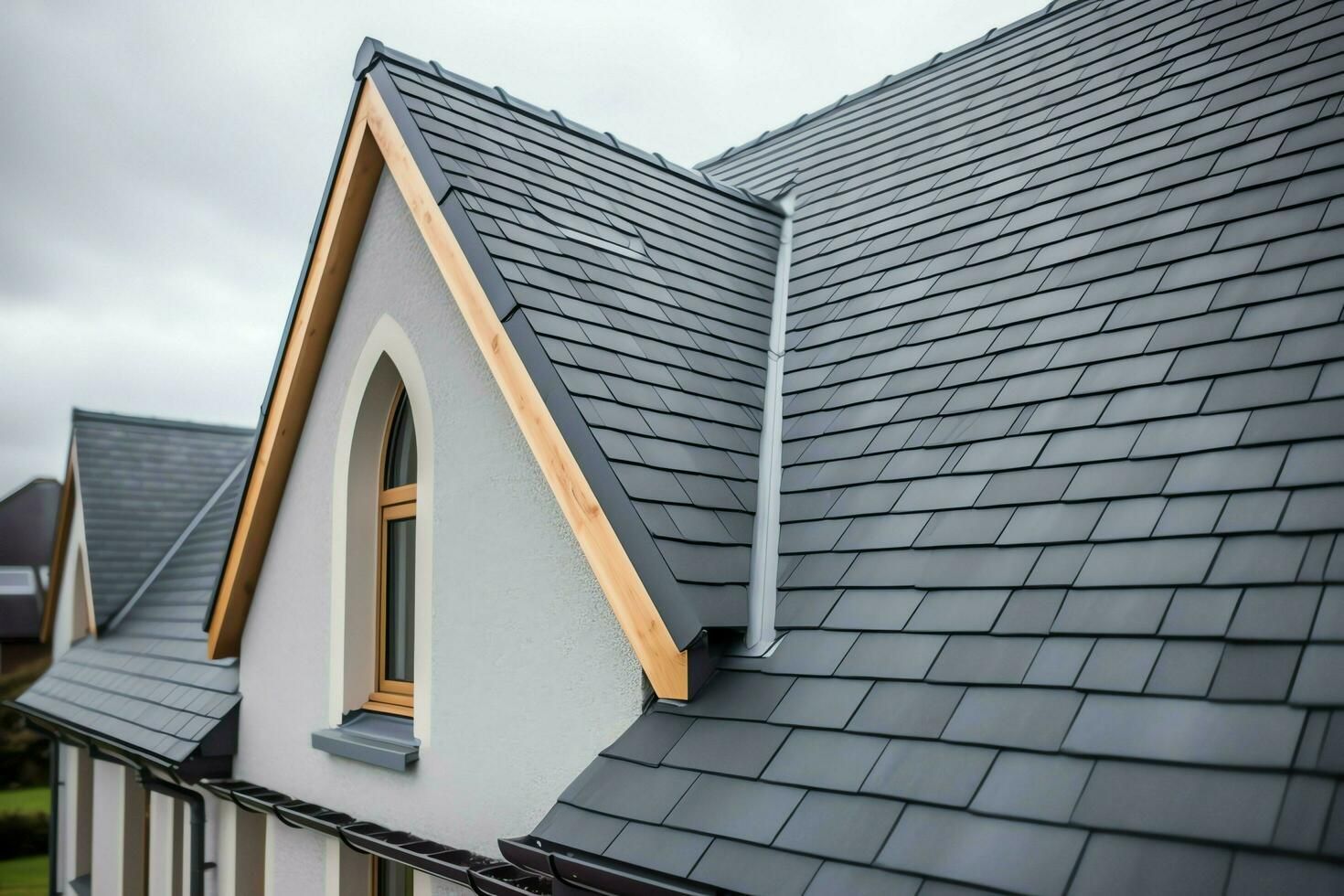Understanding the Different Layers of Your Roof and Their Purpose
Your roof is one of the most important components of your home, protecting you from the elements and helping maintain energy efficiency. But did you know that your roof is more than just shingles? It’s actually a system of multiple layers working together to provide a shield for your home. Let's break down the different layers of your roof and their unique purposes.
1. Roof Decking
The roof decking, or sheathing, is the foundation of your roof. Usually made of plywood or oriented strand board (OSB), it provides a surface for the rest of the roofing materials to be attached to. The decking also adds structural support to the roof and helps distribute weight evenly, which is especially important in areas that experience heavy snow or wind.
Purpose:
- Structural support
- Foundation for roofing materials
- Holds the weight of the roof and any additional loads (like snow)
2. Underlayment
Installed directly on top of the roof decking, the underlayment is a water-resistant or waterproof barrier. It’s typically made from synthetic materials or felt and serves as a secondary defense against moisture. The underlayment protects your home from leaks that may occur if water seeps through the shingles, especially in areas around flashing or valleys.
Purpose:
- Secondary moisture barrier
- Provides extra protection against leaks
3. Ice and Water Shield
In colder climates, an ice and water shield is essential. This self-adhesive waterproof membrane is applied in areas most susceptible to water damage, like roof valleys, eaves, and around chimneys. The shield helps prevent damage caused by ice dams and heavy rainfall, ensuring that water doesn't get into your home through vulnerable areas.
Purpose:
- Protects against water infiltration in high-risk areas
- Prevents ice dam damage
4. Flashing
Flashing consists of thin pieces of metal that are installed around roof intersections, such as where the roof meets a chimney or skylight. These metal sheets are crucial in directing water away from vulnerable areas. Without proper flashing, water can easily seep into cracks and cause significant damage to your home.
Purpose:
- Directs water away from joints and seams
- Prevents leaks around chimneys, skylights, and vents
5. Shingles
Shingles are the outermost layer and the first line of defense against the elements. Asphalt shingles are the most common, though other materials like metal, tile, and wood are also available. Shingles provide both aesthetic appeal and functional protection by shedding water, resisting wind, and protecting the underlying layers from UV rays and weather.
Purpose:
- Primary protection from weather (rain, wind, snow)
- Adds curb appeal and aesthetic value
- UV and weather protection
6. Ridge Vent
At the very top of your roof, where the two slopes meet, is the ridge vent. This component allows hot, moist air to escape from your attic, promoting proper ventilation. Proper roof ventilation helps regulate attic temperatures, reduces the risk of moisture buildup, and extends the life of your roof.
Purpose:
- Promotes air circulation
- Regulates attic temperature
- Prevents moisture buildup and extends roof life
7. Drip Edge
The drip edge is a metal strip installed along the edges of your roof. It helps guide water off the roof and into the gutters, preventing water from seeping under the shingles and causing rot or damage to the underlying roof materials.
Purpose:
- Directs water into gutters
- Prevents water infiltration at roof edges
8. Gutters and Downspouts
While not technically part of the roof itself, gutters and downspouts work with your roof to direct rainwater away from your home’s foundation. Without a proper drainage system, water can pool around your home and cause foundation issues or flooding.
Purpose:
- Manages water runoff
- Prevents foundation and landscaping damage
Conclusion
Your roof is more than just the shingles you see from the street. Each layer plays an important role in protecting your home from weather, managing water, and extending the life of your roof. Regular maintenance, like inspections and prompt repairs, can help ensure that each layer of your roofing system is doing its job effectively.
At Alexander’s Roofing, we understand how critical it is to have a properly functioning roofing system. If you need a roof inspection or repair, contact us today, and we’ll ensure every layer of your roof is in top condition!
